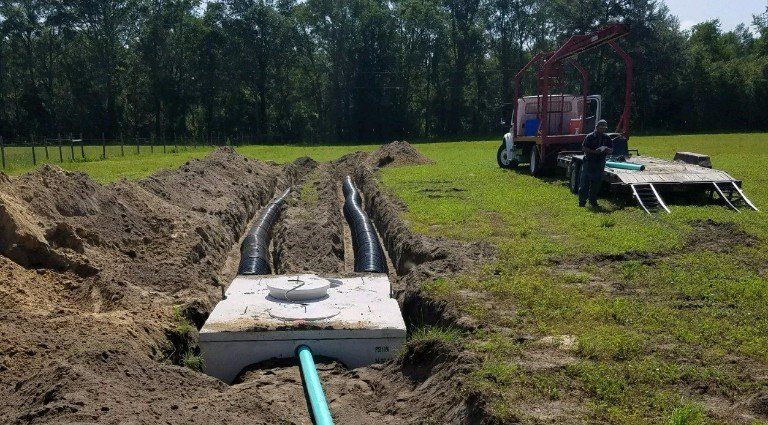You’re in luck if you need a sand mound installation, repair, or septic system in the area of State College, PA! This blog post will teach you about sand mound installation, sand mound repair, and sand mound septic systems. Keep reading to learn more!
Table of Contents
What Is A Sand Mound Installation, Repair, And Septic System?
A sand mound installation, repair, and septic system is a system that uses a sand mound to treat wastewater. The sand mound is a large, elevated mound used to filter and treat wastewater. The sand mound installation, sand mound repair, and sand mound septic system are reliable and affordable wastewater treatment options.
How Do Sand Mound Installation, Repair, And Septic Systems Work?
Sand mound installation, repair, and septic systems work by using a series of underground pipes to move wastewater away from your house and deposit it into a buried tank. The tank is filled with bacteria that break down the waste, leaving behind a sludge that can be pumped out every few years. The wastewater is then treated and released back into the environment.
Advantages And Disadvantages Of Sand Mound Installation, Repair, And Septic Systems
Septic systems are a popular and affordable way to treat wastewater, but there are a few things to consider before installing one. One advantage of a septic system is that it is relatively affordable to install. However, septic systems require regular maintenance and can be susceptible to damage from weather or pests. Additionally, septic systems can only be used where soil conditions are appropriate.
How To Install, Repair, And Maintain A Sand Mound Installation, Repair, And Septic System
Installing, repairing, and maintaining a sand mound installation, repair, and septic system is easier than it may seem. By following the proper instructions, you can have a system that is functioning correctly and will last for many years.

The first step is to install the system. Ensure the area is appropriately levelled and the soil is firm. Next, place the sand on top of the soil. The sand should be at least 12 inches deep. Compact the sand well, making sure that it is level.
It is essential to know what to do if you need to repair or maintain your sand mound installation, repair, or septic system. First, check the level of the sand. If it is low, add more sand. Next, check the pipes to make sure they are not clogged. If they are clogged, clean them out. Finally, check the pump to make sure it is working correctly.
Why Is A Sand Mound A Good Option For Septic Systems?
For many people, the thought of a septic system is unappealing. But a septic system is a necessary evil for people who live in rural areas without access to public sewer systems. There are a few different types of septic systems, but the most common is the sand mound system.
A sand mound system is a good option for septic systems for a few reasons:
- A sand mound system is less likely to freeze in cold climates.
- A sand mound system is less likely to flood in wet climates.
- A sand mound system is less likely to be affected by erosion.
A sand mound system is a good option if you are considering a septic system for your home.
How Is A Sand Mound Installed, Repaired, And Maintained?
Installing a sand mound is a relatively simple process that a single person can complete. The first step is to mark out the mound’s shape with stakes and string. The area should be level and free of rocks and other debris. The next step is to remove the top layer of soil and replace it with a layer of sand. The sand should be evenly spread and be at least 12 inches deep. The top of the sand should be slightly sloped away from the house to help drainage. Finally, the mound should be topped with a layer of soil.
Repairing a sand mound is also a relatively simple process. If the mound becomes damaged, it can be repaired by filling the cracks with sand and topping it off with soil. If the sand level becomes too low, it can be topped off with more sand.
Maintaining a sand mound is also a relatively simple process. The mound should be regularly checked for cracks and other damage and repaired. If the sand level becomes too low, it can be topped off with more sand.
What Are The Benefits Of Using A Sand Mound Installation, Repair, And Septic System?
Septic systems are an essential part of any home, and there are a few types of septic systems to choose from. One of the most popular types of septic systems is the sand mound installation. This type of septic system has a lot of benefits, including easier installation, less maintenance, and longer life.




